Students recognized that water flowing makes a lot of sense when elevation (the word we learned to replace tilt-angle-steepness) can be identified. We went back to the ArcGIS maps we used earlier, and changed them to show elevation with a color code. We focused on the Chicago area, and then moved to see the Great Lakes and eventually the majority of the continental US. Students began making some predictions and saw a pattern emerge.
While the colored maps were beautiful, they were hard to really know where the water flowed. Students then wanted to know if there was a better way...
We noticed Denver on the map, and when asked it's nickname, someone said "THE MILE HIGH CITY!"
While Denver isn't of hug importance to us here in Chicago, it made students think that every city has an elevation value. With some research, students plotted the elevations of cities throughout the US:
We noticed Denver on the map, and when asked it's nickname, someone said "THE MILE HIGH CITY!"
While Denver isn't of hug importance to us here in Chicago, it made students think that every city has an elevation value. With some research, students plotted the elevations of cities throughout the US:
The vast majority of water around us eventually leads to the Gulf of Mexico, and ultimately the Atlantic ocean. Now that we know this, this is getting us concerned. Our treated water leads to the ocean, which contains SALT water!
And as one student said it, "Why are we working so hard to clean our dirty water only for it to end up in the ocean where there's something else in it that we can't drink? Why don't we keep the water near us?"
What other new questions will students come up with? Especially as this relates to us and how we get our clean drinking water! (the other part of our Driving Question!)
And as one student said it, "Why are we working so hard to clean our dirty water only for it to end up in the ocean where there's something else in it that we can't drink? Why don't we keep the water near us?"
What other new questions will students come up with? Especially as this relates to us and how we get our clean drinking water! (the other part of our Driving Question!)
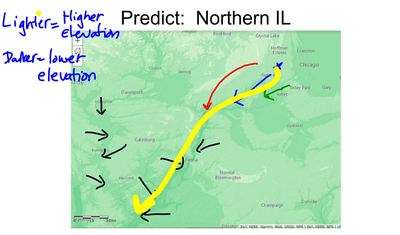
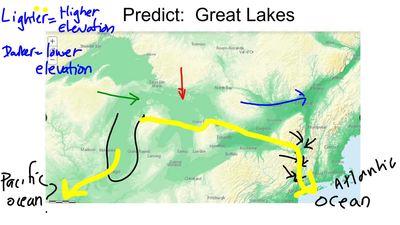
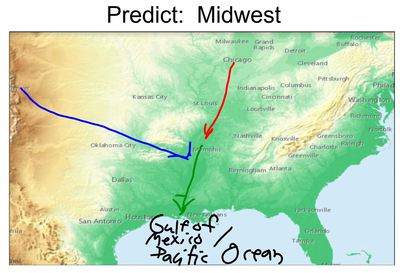
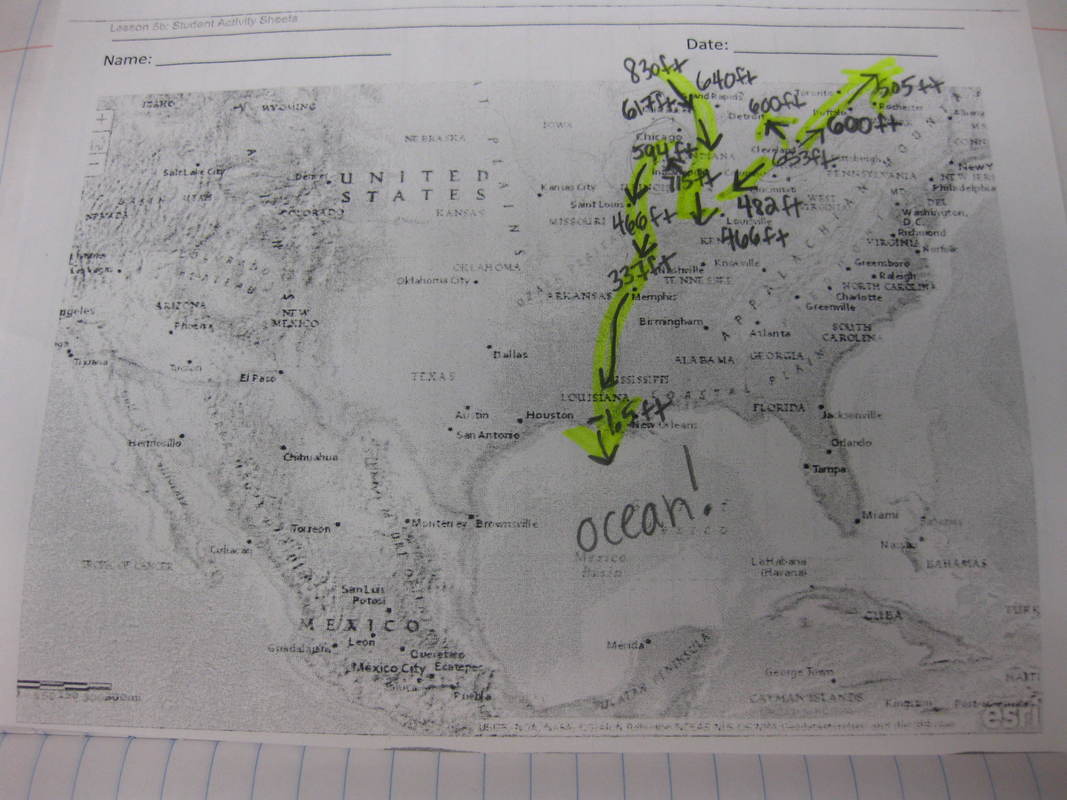
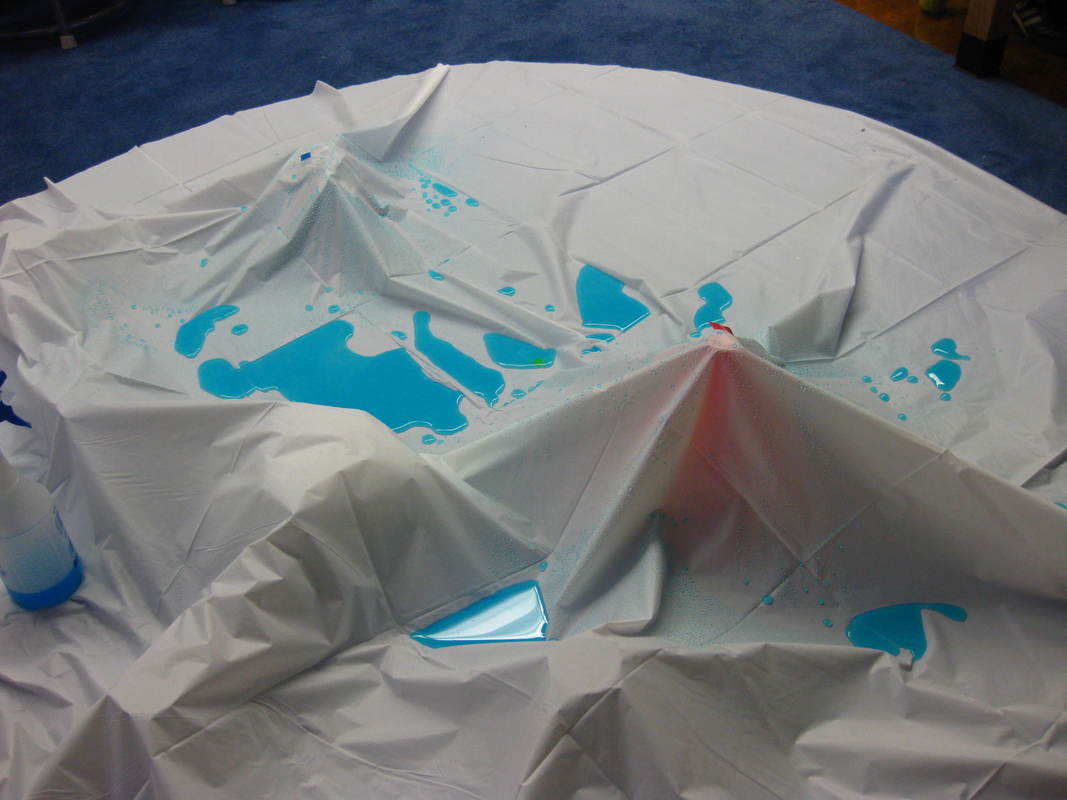
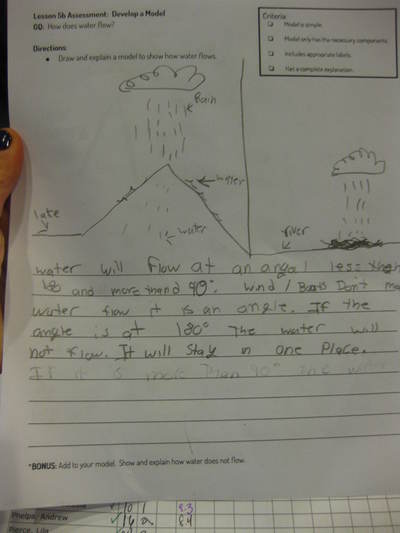
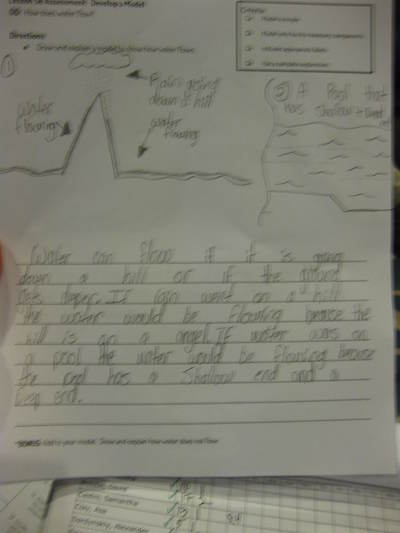
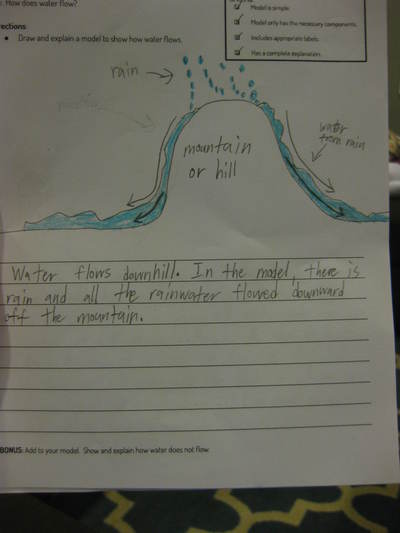

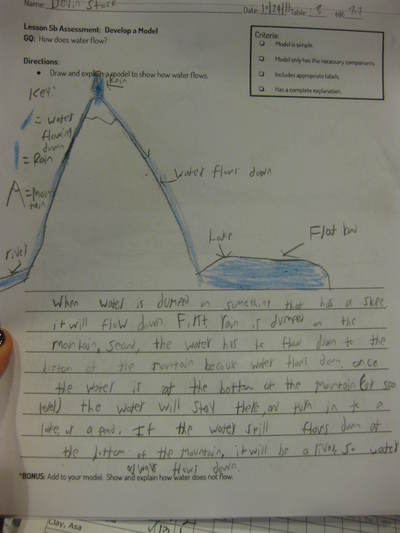
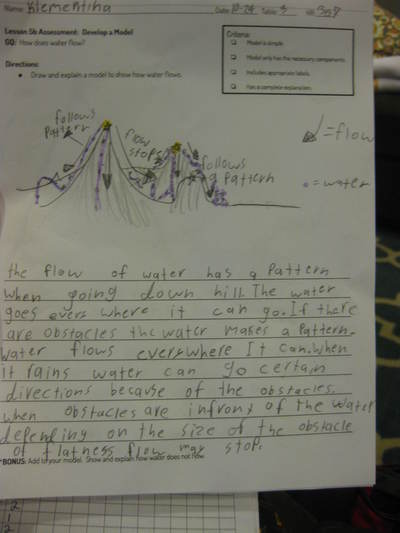
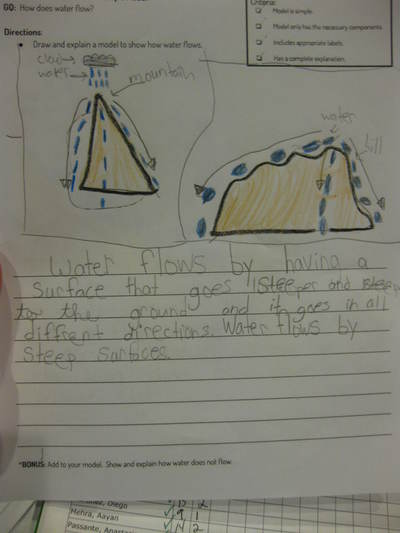
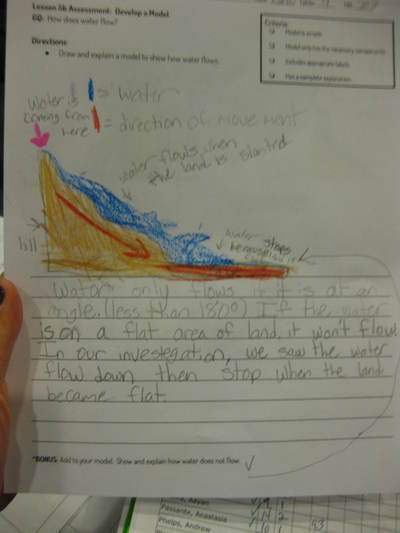
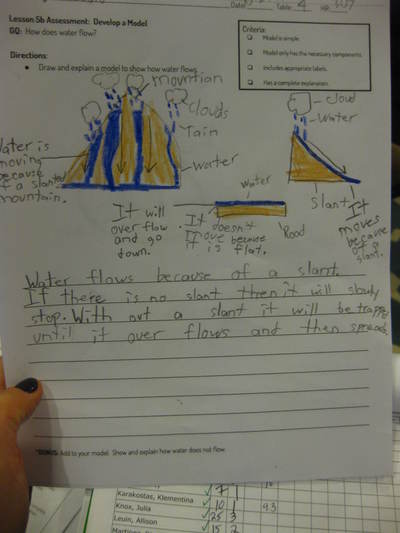
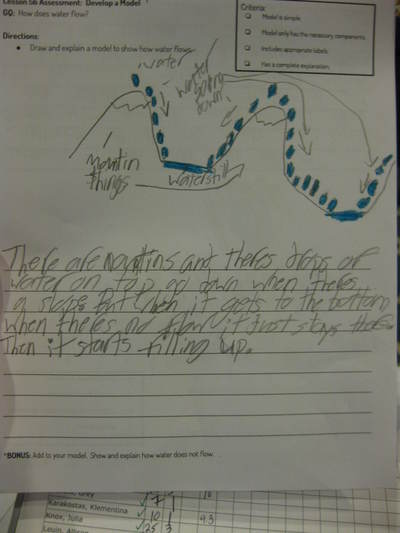
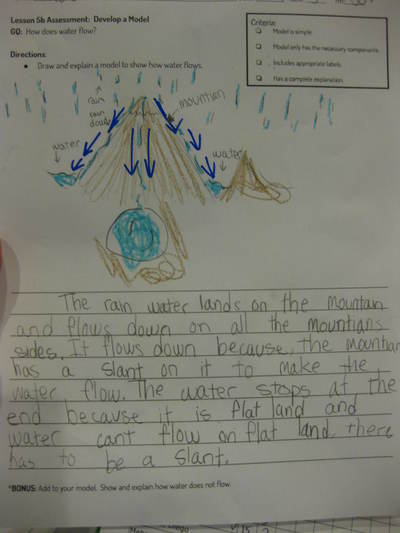
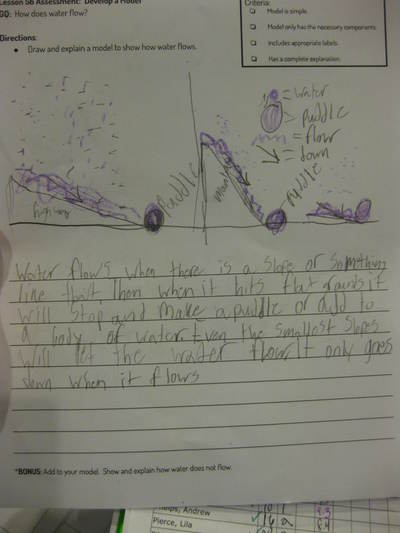
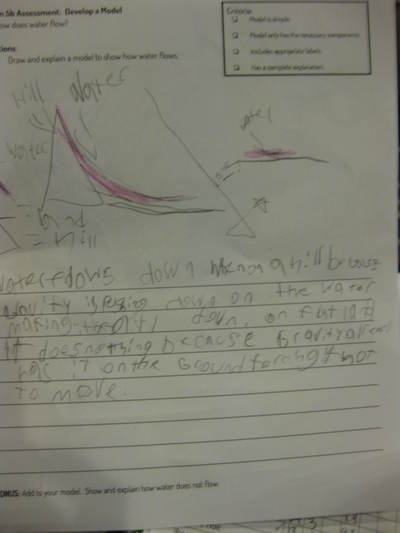
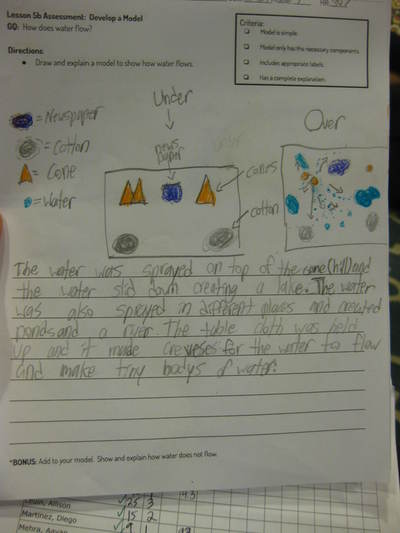
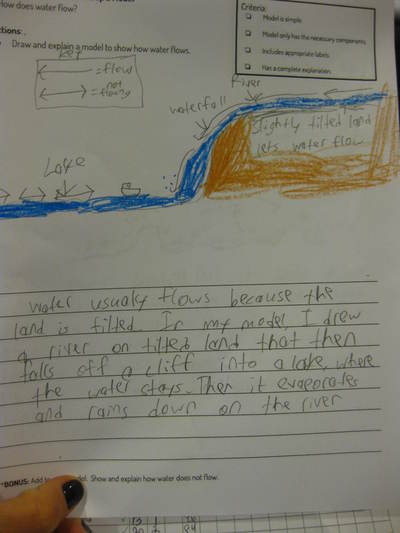
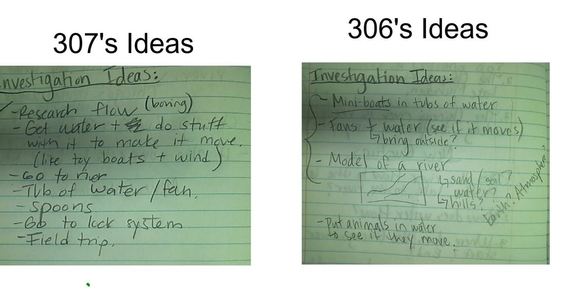
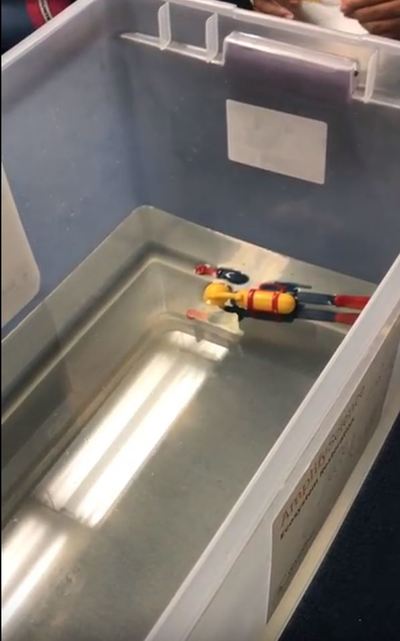
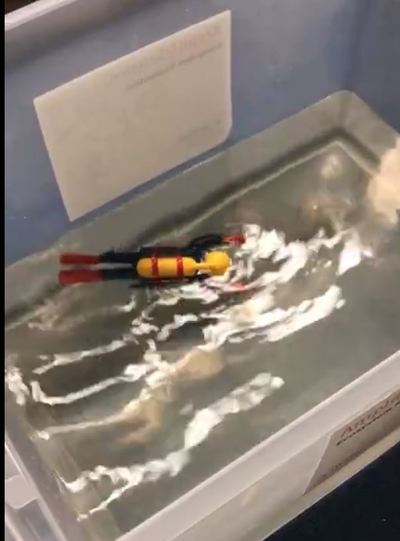
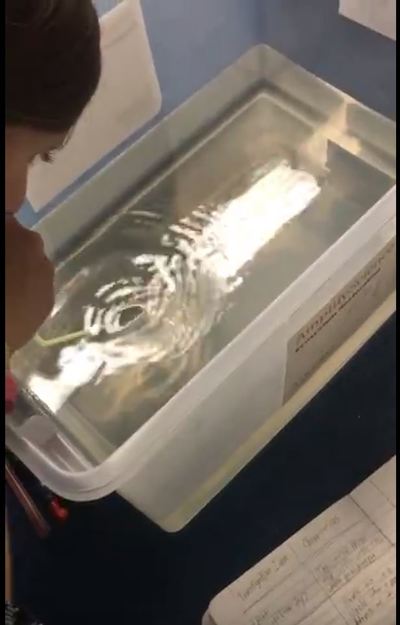
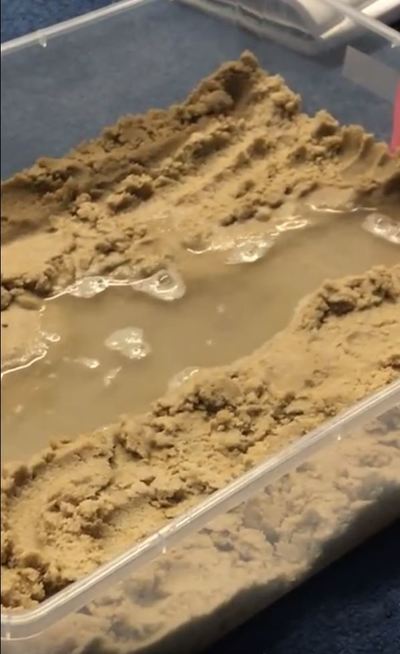
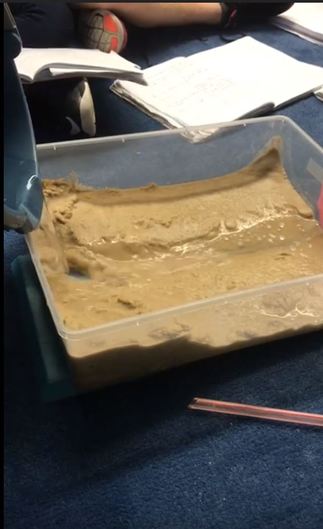
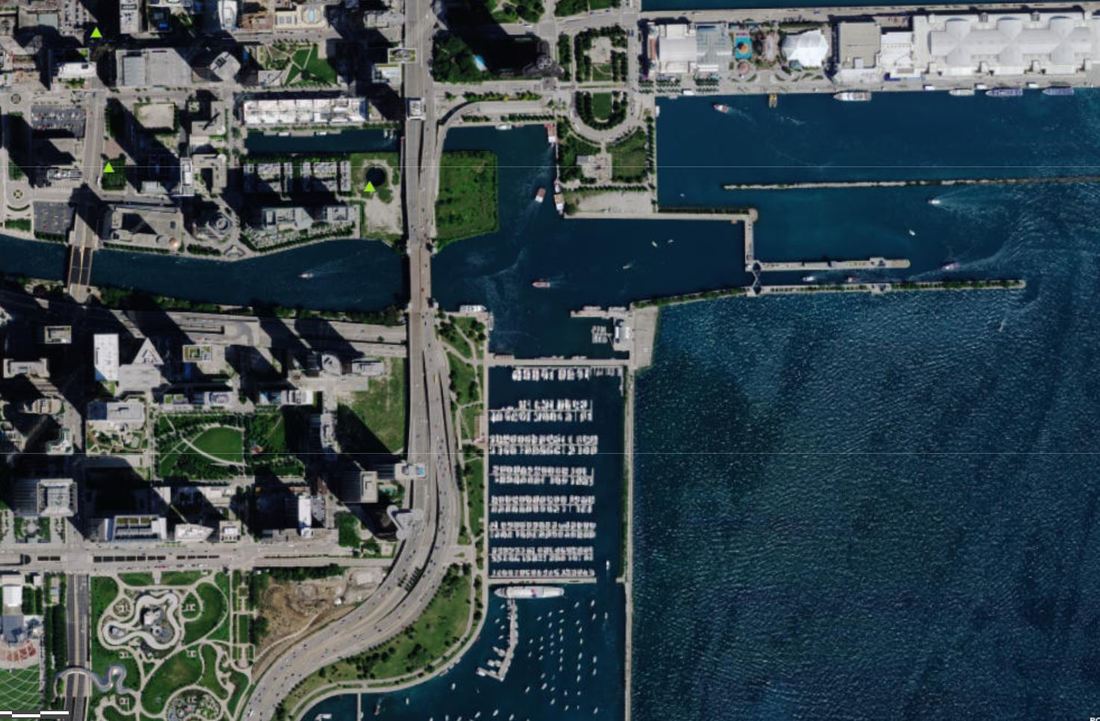
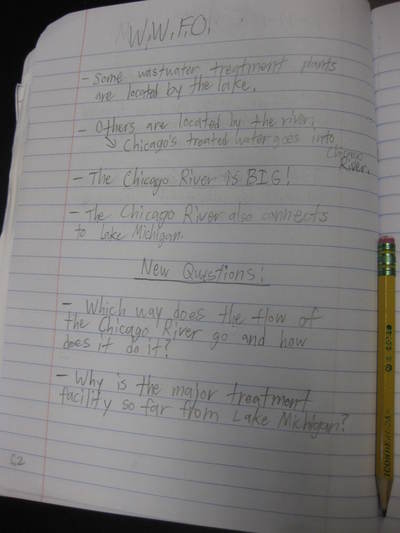
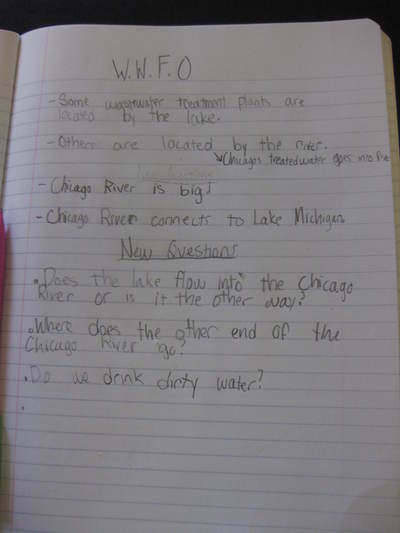
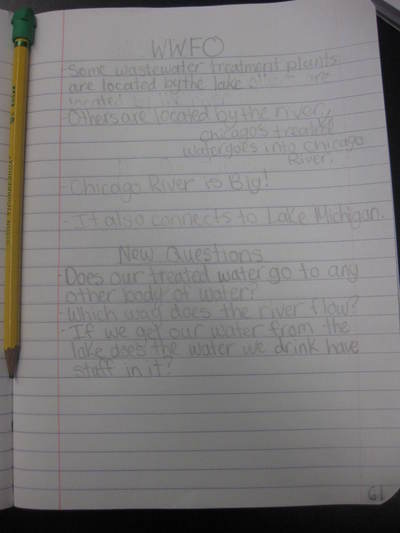
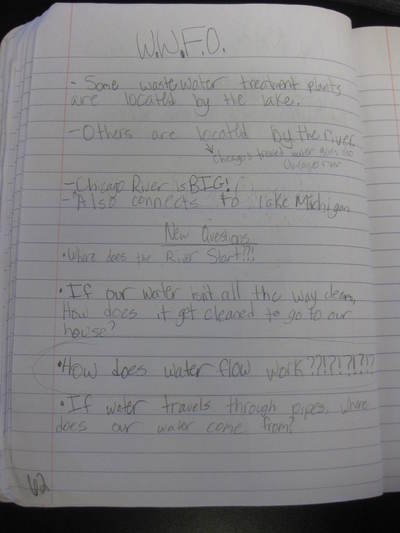
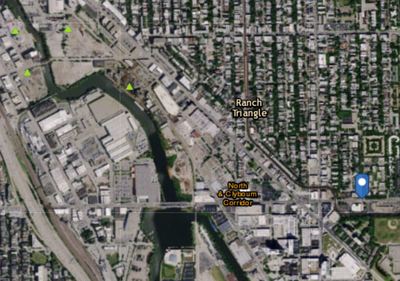
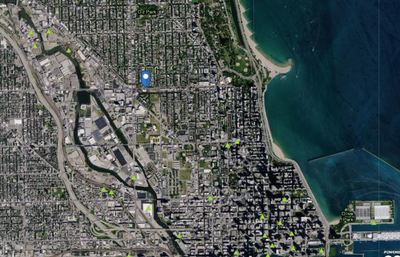
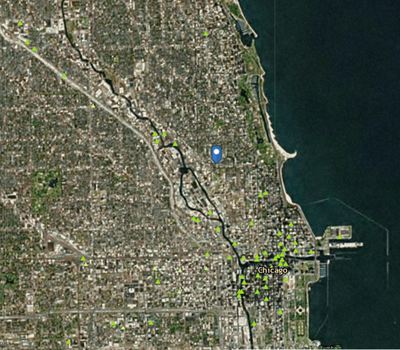
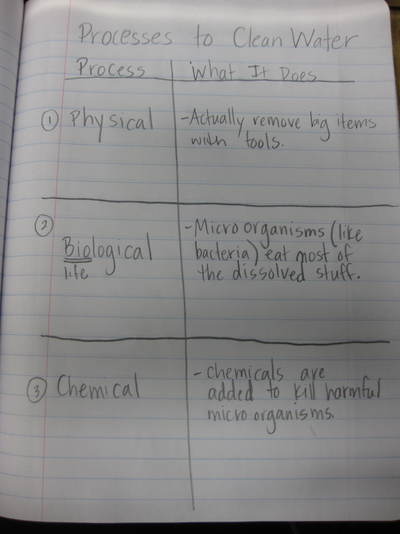
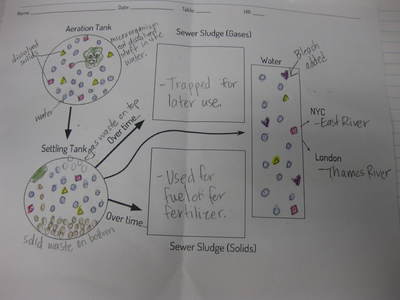
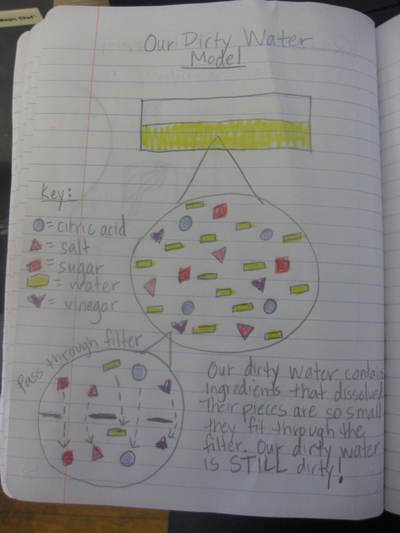
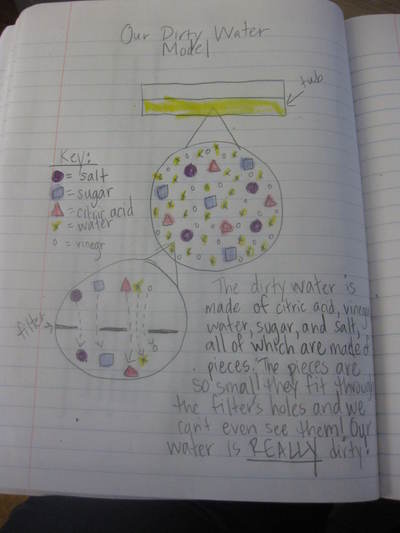
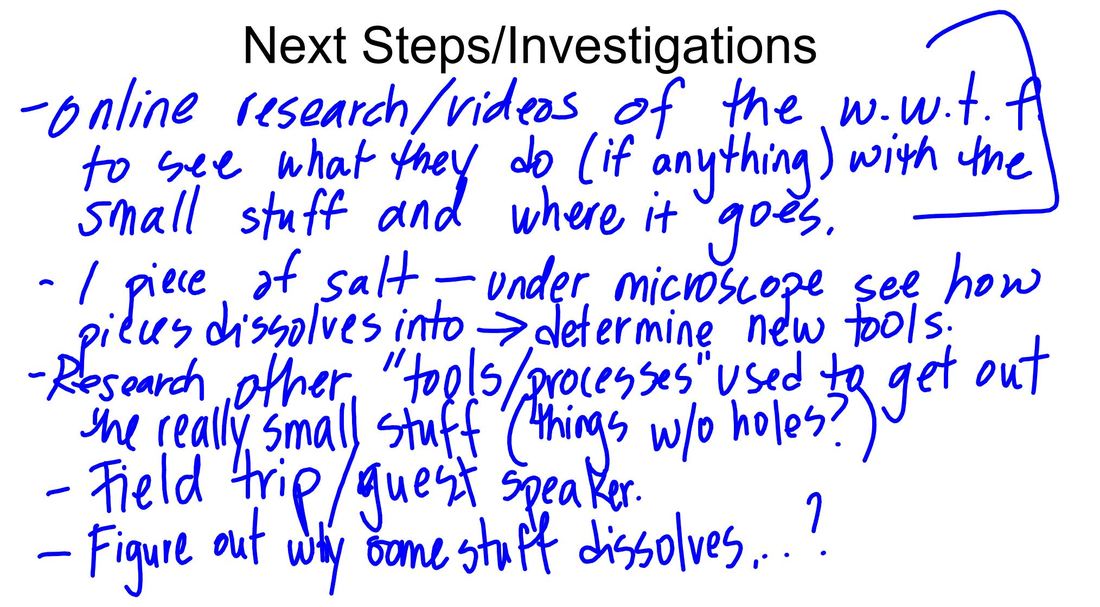
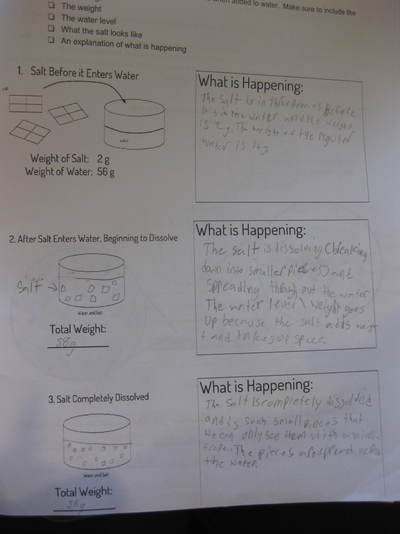
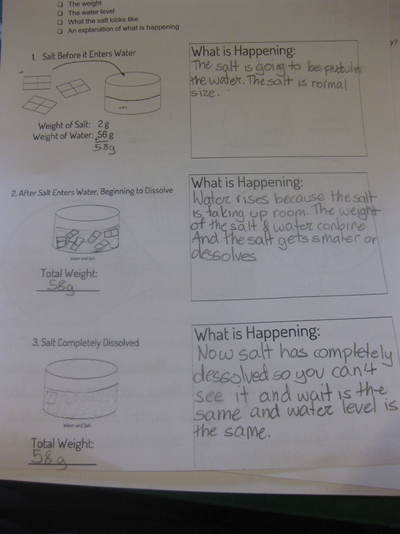
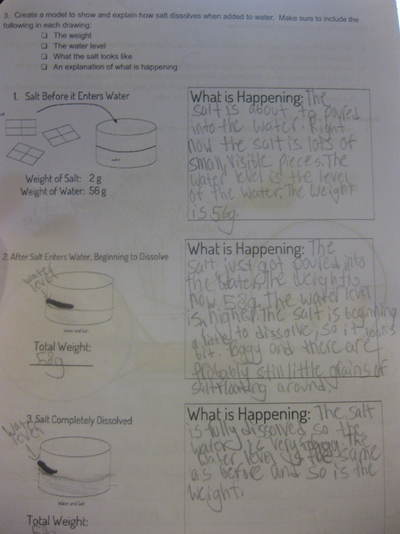
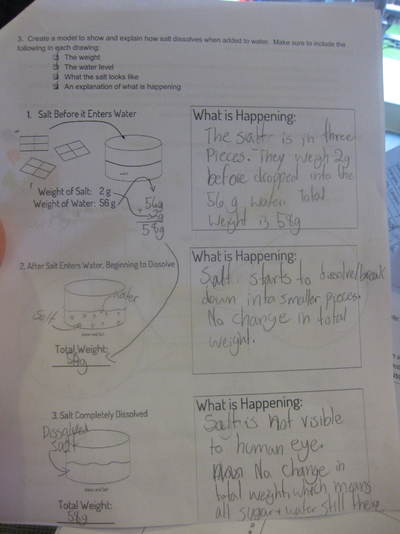
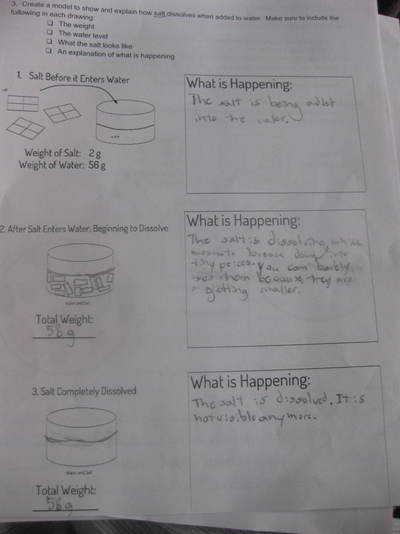
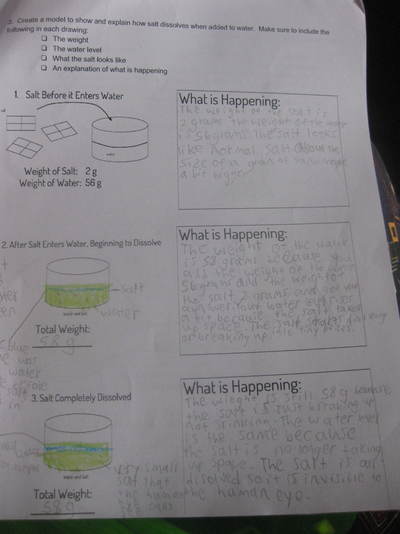
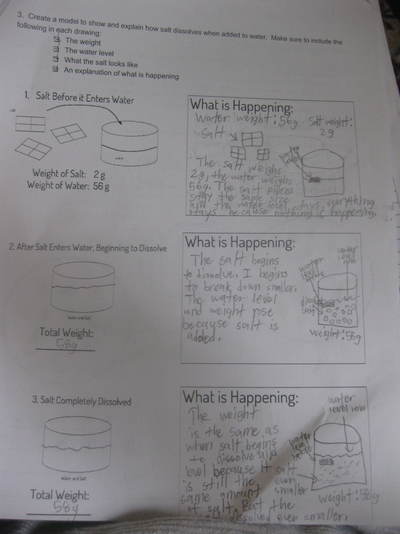
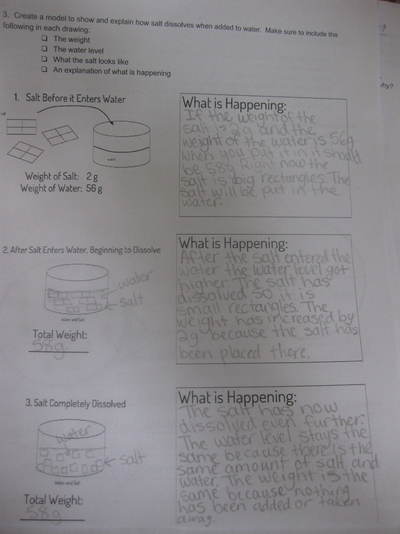
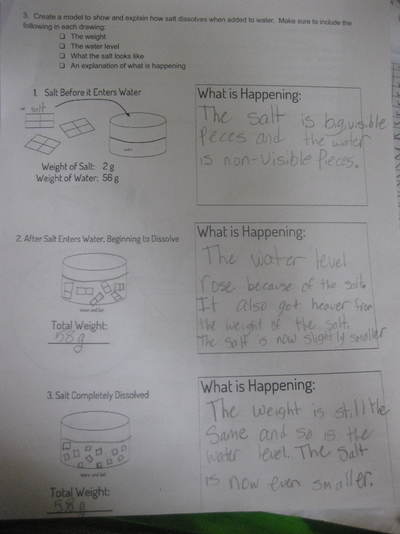
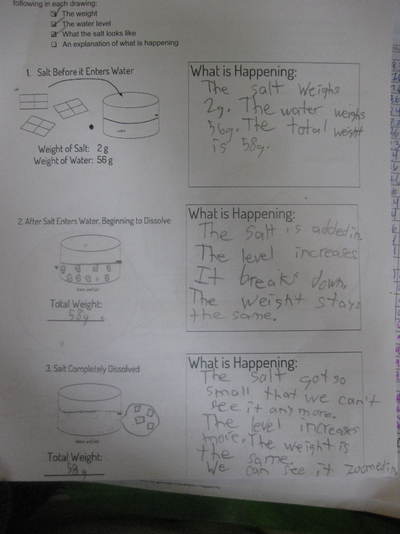
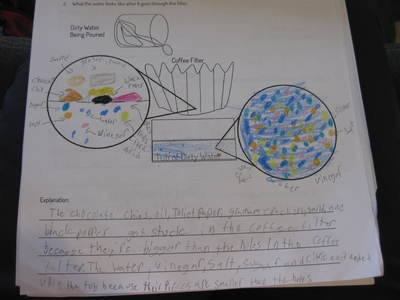
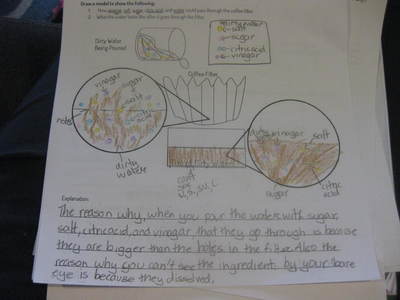
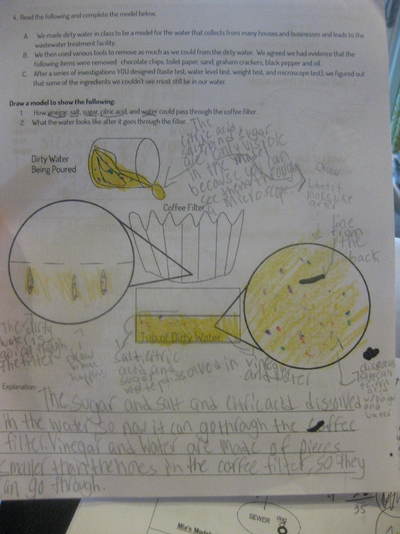

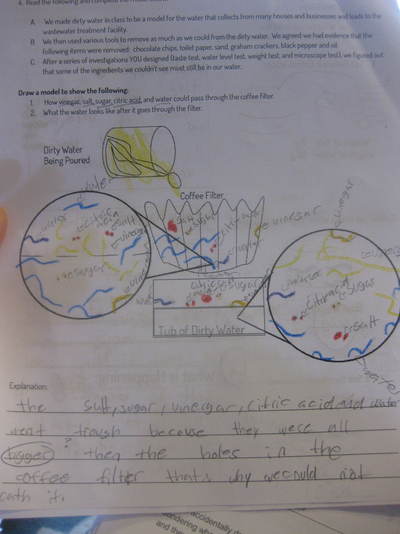
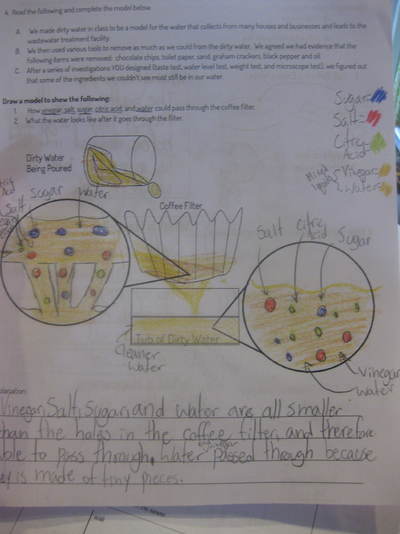
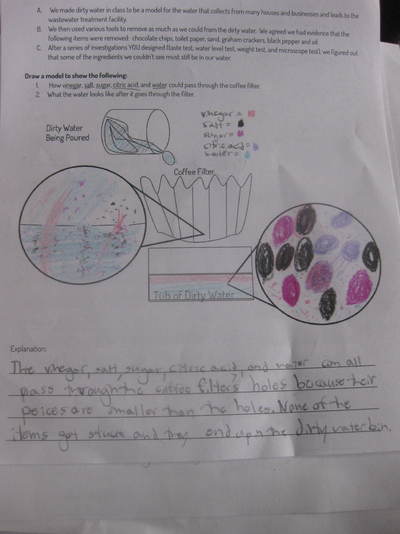
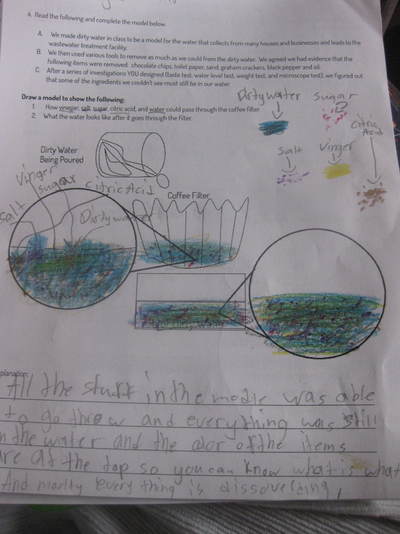
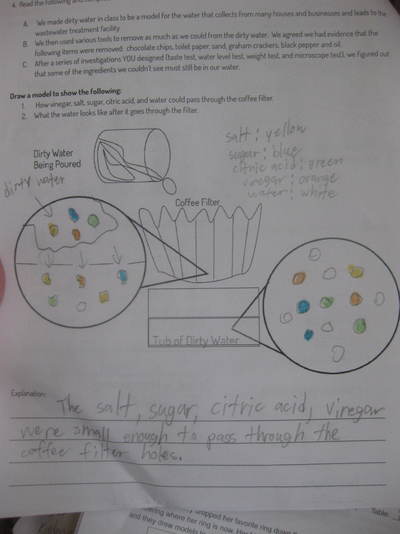
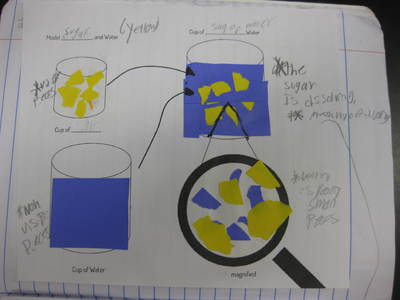
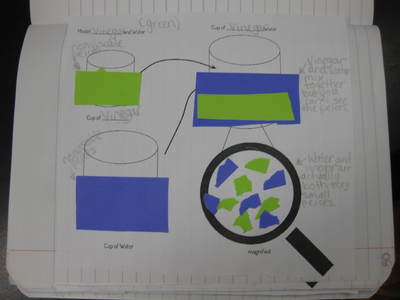
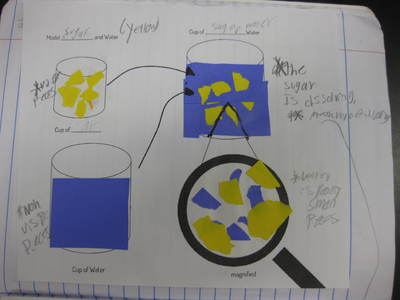
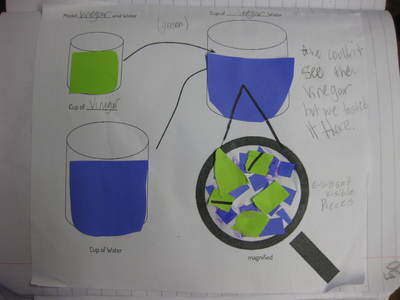
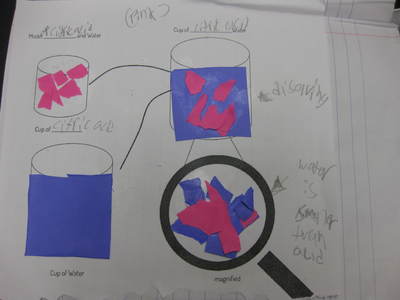
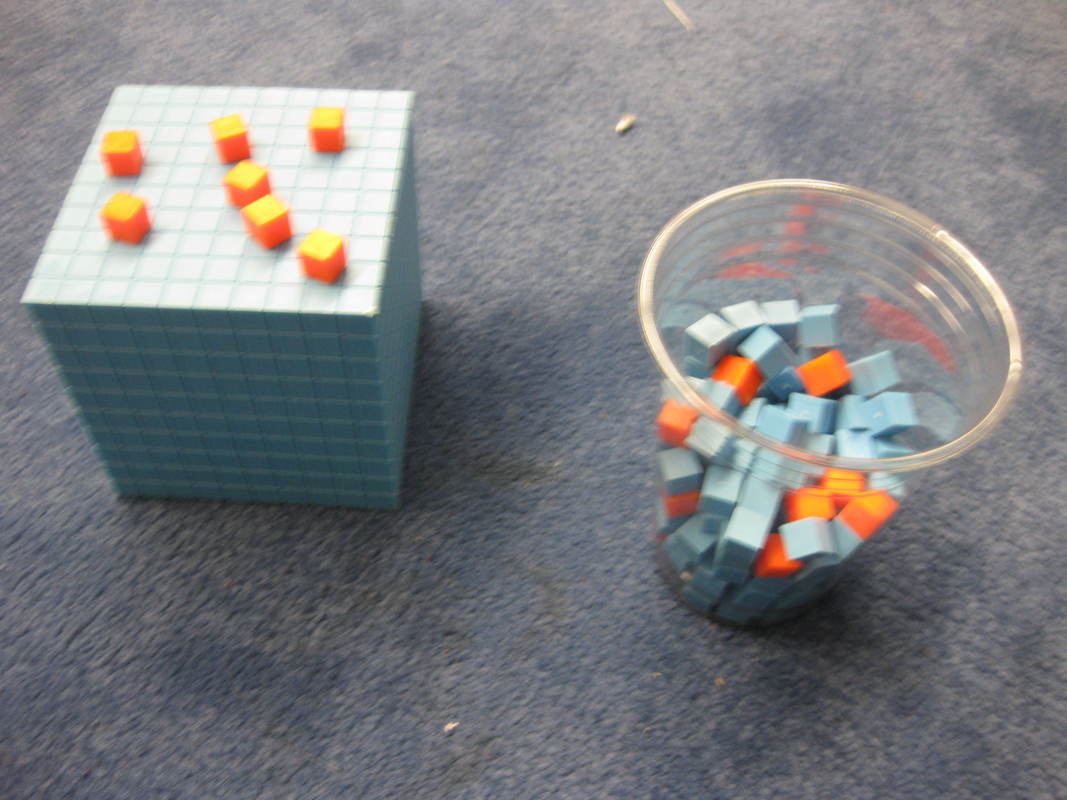
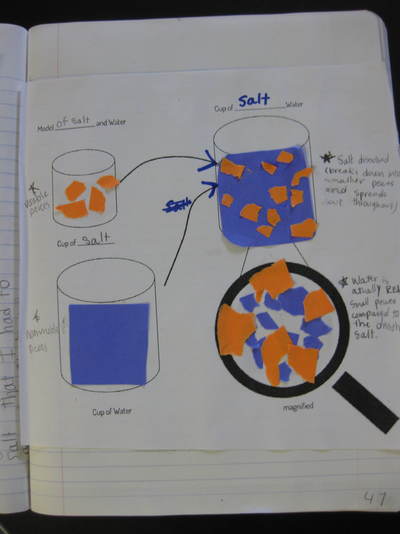
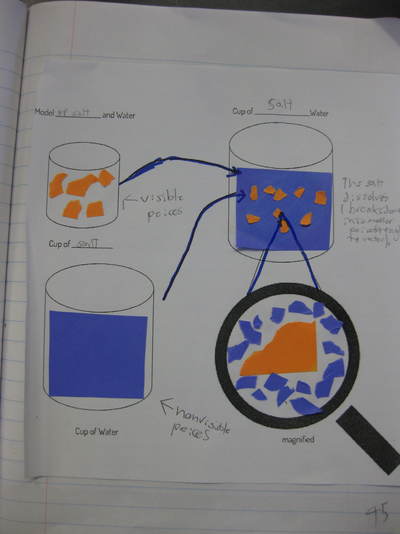
 RSS Feed
RSS Feed